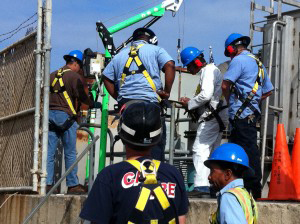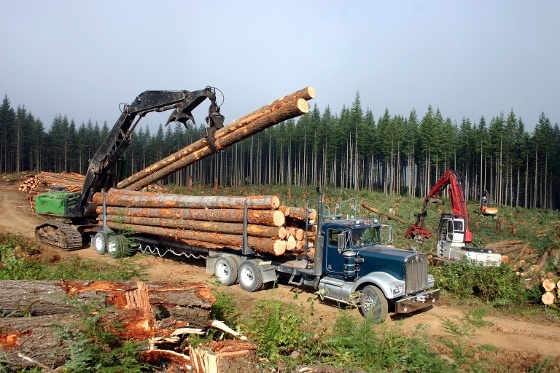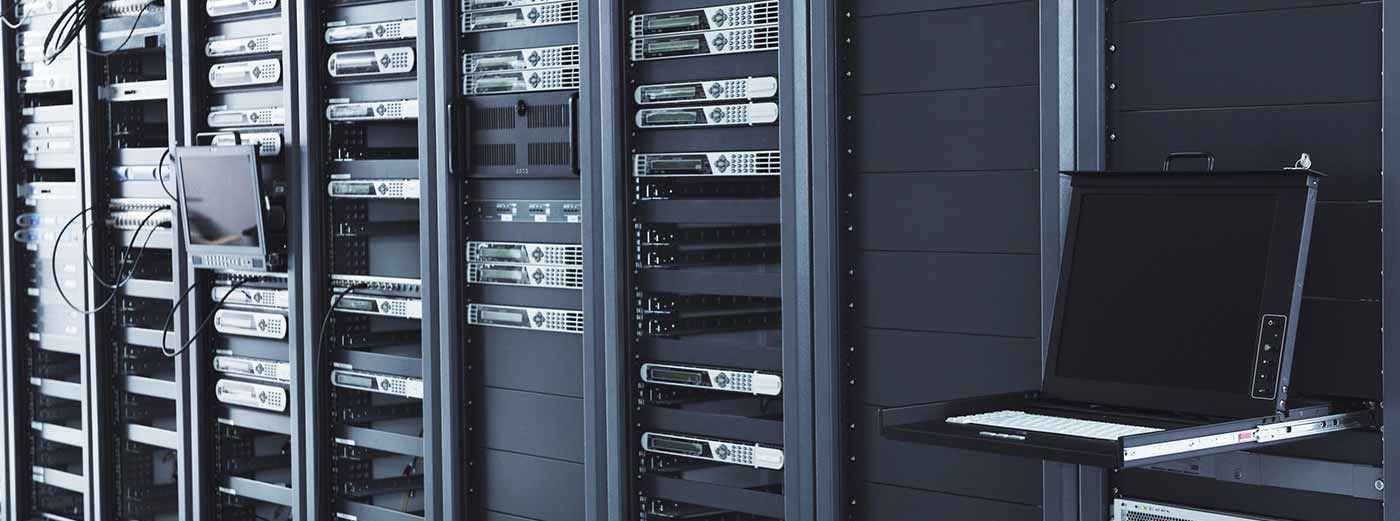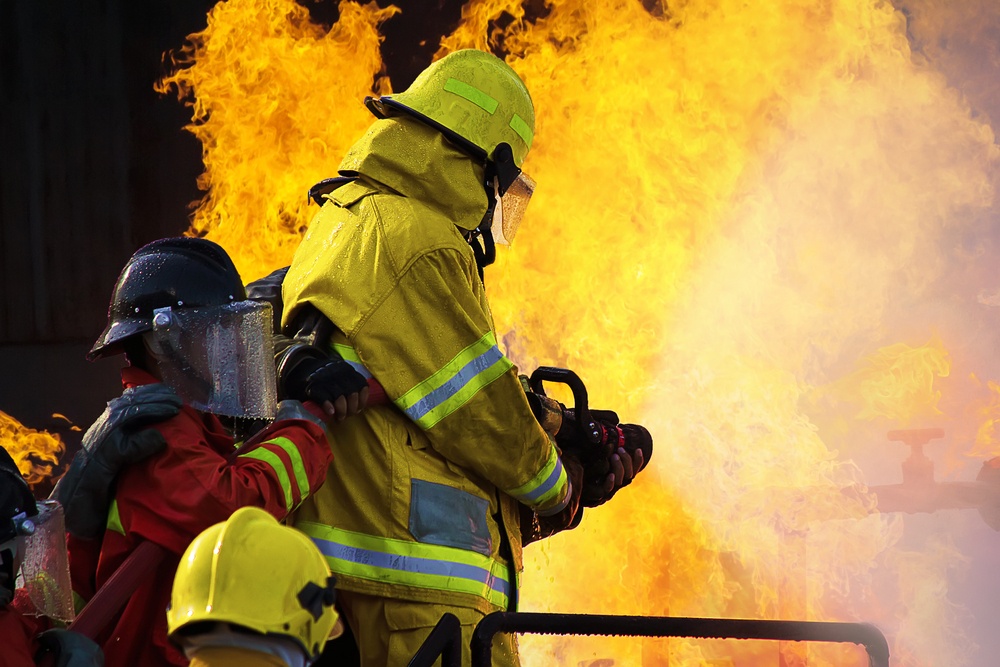
Can workers protect their hearing and stay alert to workplace hazards? Yes, they can, with the proper hearing protection equipment, safety training, and situational awareness.

Can workers protect their hearing and stay alert to workplace hazards? Yes, they can, with the proper hearing protection equipment, safety training, and situational awareness.

The past ten years have presented some drastic changes within the two-way industry. The advancement of digital radio portfolios such as Motorola’s MOTOTRBO, Kenwood’s NexEdge, and other DMR vendors have given added value to radio users in commercial and industrial organizations. These integrated solutions and applications for voice and data while increasing capacity and providing digital clarity.
Workplace hearing protection programs typically focus on individuals with normal hearing. But what about workers who already suffer from some level of hearing loss? Even in quiet environments, workers with hearing loss face a number of challenges, including difficulty communicating with colleagues and problems with differentiating important sounds from background noises.

The concept that loud machines cause hearing damage with prolonged exposure is not a new concept. However, it’s rare to find a situation nowadays where the effects of machinery in a given activity or function are seen affecting a population without any protection involved. One such study was done in Brazil and published in 2014.

According to the CDC (Centers for Disease Control and Prevention), an average of 22 million workers in the United States are exposed to dangerous levels of noise in the workplace. Considering that approximately $242 million is spent each year on workers’ compensation for disability due to hearing loss, it is imperative that companies take a proactive approach to preventing hearing problems. Ongoing exposure to noise levels that exceed 85dB is able to cause substantial hearing damage. OSHA (Occupational Safety and Health Administration) recommends that workers are not exposed to noise levels that exceed 85dB for extended periods of time.

Every year, people around the world invest time in creating a list of New Year’s resolutions they hope to keep. In fact, about half of adults in the United States make them, according to IFLScience.com. The troubling thing is that only about 10% end up keeping them longer than a few months.

According to OSHA (Occupational Safety & Health Administration), about 30 million people are exposed to noise a year on the job, and it’s been one of the biggest concerns in the US for nearly 3 decades. In fact, there are quite a few high-noise environments where workers are exposed to harmful levels of noise.

Working in a modern data center is a critical role within many organizations. Internal and external customer demands, coupled with the varied demands of the job (not just IT), and physical and mental pressures combine to create a potentially stressful environment. In fact, according to a 2014 IT Admin Stress Survey conducted by Opinion Matters, “79 percent of IT staff are actively considering leaving their current role due to job-related stress.”

Buying a safety communications headset for your team may be one of the most important decisions you make in regards to their safety. In smoky, hard-to-see environments with fire raging all around, communications between your crew in the building and those on the ground are key, and having a communications headset that gives your company full situational awareness is the most critical factor. But what are other important factors in selecting a safety communications headset for your team? And how do you rank the other features, benefits, and requirements—and in what order of importance to your fire department?

According to hear-it.org, a European organization geared towards collecting, processing, and sharing information and data as it relates to hearing issues, one in every four work-related injuries in offshore technological environments are hearing loss-related. It was ranked as the worst job here in the US a few years back, according to a report by CNN Money. Given this, Safety Managers and Industrial Hygienists work to protect workers’ hearing (along with everything else), by conducting a worksite analysis, developing hearing safety programs, and leveraging hearing protection devices to guard against hearing loss and other threats.

Danimex Communication and Sensear have formed a new partnership to market Sensear’s products in Middle East, Africa, Benelux and the Scandinavian Countries.